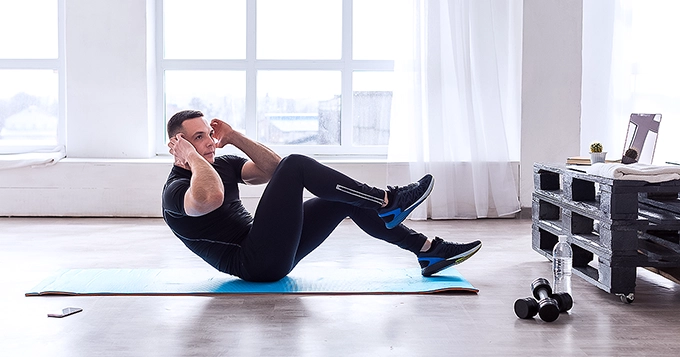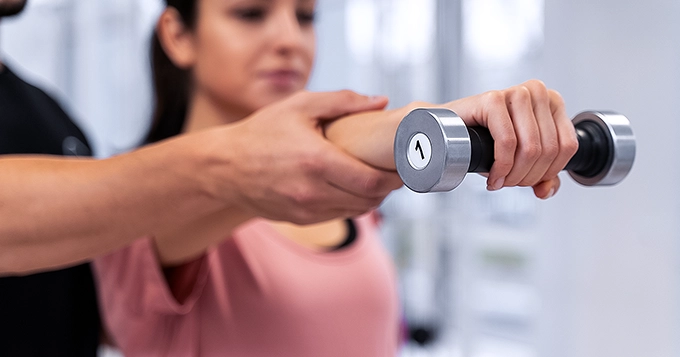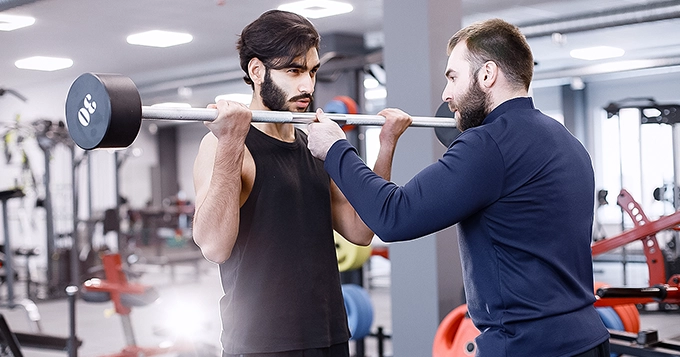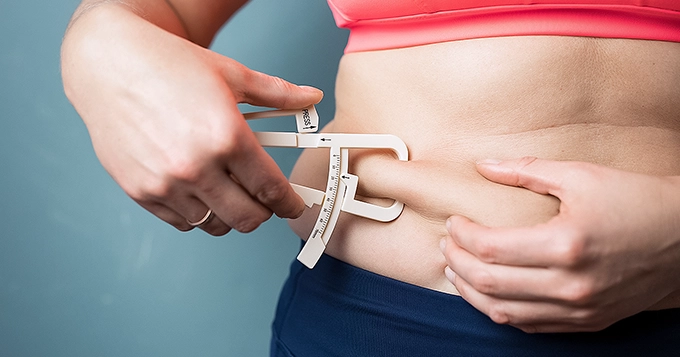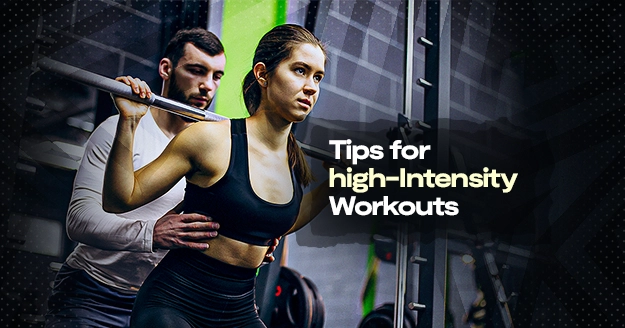Finding a workout routine that is both effective and efficient is crucial for maintaining a healthy lifestyle. High intensity interval training, which is short in duration but packs a powerful punch, has become increasingly popular for a reason. Want to get the most out of your high-intensity workouts? Here are five simple yet powerful tips to help you.
Understanding High-Intensity Interval Training
High-intensity interval training, or HIIT, involves several rounds of short but high-intensity cardio bursts followed by brief periods of rest. You can use HIIT with any type of cardiovascular workout, whether it’s running, using a stair climbing machine, jumping rope, or rowing. You can also alternate cardio and strength training exercises to achieve an effective, well-rounded workout.
Tips for an Effective HIIT Workout
-
Start Slow and Progress Gradually
Starting a high intensity workout routine can be thrilling, but it’s necessary to begin at a pace that suits your fitness level. Start with moderate-intensity exercises and gradually increase the intensity over time.
This gradual progression minimizes the risk of injury and enables your body to adjust and build endurance. Consistency is key, so stick with your routine and gradually challenge yourself as your fitness level improves.
-
Mix Up Your Workouts
High-intensity workouts don’t have to be repetitive. Spice things up by incorporating a variety of exercises into your routine. This targets different muscle groups and prevents boredom, making it easier to follow your fitness goals. Alternate cardio and strength training exercises to achieve a well-rounded and effective workout.
This will challenge your body in different ways and keep your workouts interesting and engaging.
-
Prioritize Proper Form
No matter the intensity level, proper form is crucial during your workouts. Incorrect form not only reduces the effectiveness of the exercise but also increases the risk of injury. Make sure to learn the correct techniques for each movement and seek guidance from a fitness professional if needed.
Remember, quality is more important than quantity regarding high-intensity workouts. Always prioritize proper form over trying to complete as many reps as possible.
-
Include Adequate Rest and Recovery
It’s common to get excited about intense workouts, but giving your body the time to rest and recover is vital. Overtraining can cause burnout, decreased performance, and injuries. Include rest days in your fitness routine and listen to your body’s signals.
Getting enough sleep, staying hydrated, and eating properly are also important parts of effective recovery. Don’t forget to prioritize rest and recovery as much as you prioritize your workouts!
-
Set Realistic Goals and Celebrate Progress
Having realistic goals is essential for staying motivated during your fitness journey. Instead of focusing solely on your long-term goals, break them down into smaller, achievable milestones. Celebrate your progress as you go, whether it’s completing a challenging and tough workout or reaching a new personal best.
Recognizing and acknowledging your achievements will help keep you motivated and committed to your high-intensity workout routine. Remember, every small win counts!
10 Benefits of High-Intensity Workout
- Efficient Fat Burning
High-Intensity Interval Training (HIIT) is known for quickly burning many calories and fat. The alternating periods of intense activity and short rest periods increase your metabolism, leading to more calories burned during and after the workout.
- Time-Efficient Workouts
With busy schedules, HIIT training is an excellent choice for those with limited time. These workouts are short, usually lasting between 20-30 minutes, but still provide significant results.
- Improved Cardiovascular Health
High intensity workout improves heart function and increases cardiovascular endurance by pushing your heart to adapt to the varying intensity levels. This results in better overall heart health.
- Increased Metabolic Rate
The afterburn effect, or excess post-exercise oxygen consumption (EPOC), heightens after HIIT sessions. This means your body still burns calories at an elevated rate even after you have finished working out.
- Preservation of Muscle Mass
Unlike traditional steady-state cardio, HIIT workouts help preserve muscle mass while promoting fat loss. This is particularly beneficial for individuals aiming to sculpt their physique and maintain lean muscle mass.
- Enhanced Oxygen Consumption
HIIT improves your body’s ability to consume and utilize oxygen efficiently. This increase in oxygen consumption contributes to improved endurance and stamina over time.
- Regulation of Blood Sugar Levels
HIIT has been shown to enhance insulin sensitivity, which helps regulate blood sugar levels. This is especially beneficial for individuals managing or preventing conditions like type 2 diabetes.
- Versatility in Workouts
HIIT can be adapted to various exercises and activities, including running, cycling, bodyweight exercises, and more. This versatility adds an element of excitement and prevents workout monotony.
- Applicable for All Fitness Levels
Whether you are a beginner, intermediate, or expert in the fitness world, you can tailor HIIT to suit your fitness level. Adjust the intensity, duration, and rest intervals to match your capabilities and gradually progress as you become more fit.
- Mood Enhancement and Stress Reduction
HIIT releases endorphins, the body’s natural mood lifters. Engaging in regular HIIT workouts has been linked to reduced stress levels and improved mental well-being.
